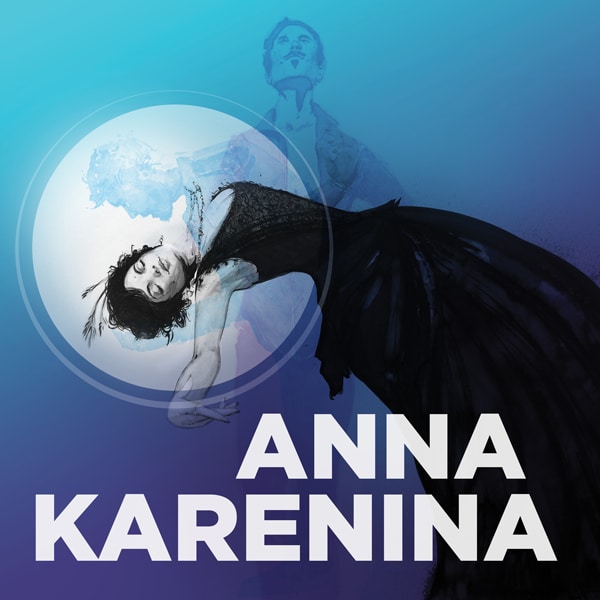DCPA NEWS CENTER
Enjoy the best stories and perspectives from the theatre world today.
Enjoy the best stories and perspectives from the theatre world today.
In the video above: DCPA Senior Arts Journalist John Moore takes you behind the scenes to the making of the DCPA Theatre Company’s ‘Anna Karenina’ with Director Chris Coleman and Choreographer Grady Soapes. Video shot and edited by DCPA Video Producer David Lenk.
Perspectives is a series of free panel discussions held just before the first public performance of every DCPA Theatre Company staging. The Anna Karenina panel included Dramaturg Allison Horsley, Voice and Dialect Coach Kathy Maes, actor Timothy McCracken (Stiva), Scenic Designer Tony Cisek and actor Kate Gleason (Mother Scherbatsky). The moderator was Literary Director Doug Langworthy. The next Perspectives will be held before the first preview of The Whistleblower at 6 p.m. on Friday, February 8, in the Jones Theatre. Photo by John Moore for the DCPA NewsCenter.
Here are some fun facts we picked up about Anna Karenina:

Douglas Langworthy, Allison Horsley. Kathy Maes and Timothy McCracken at ‘Perspectives.’ Photo by John Moore
The author’s story: Tolstoy was born into the Russian aristocracy in 1828. “He had a wild youth and gambled a lot of his money away. He even lost part of his house to a gambling debt,” Horsley said. “Tolstoy built an interesting relationship with the peasants in the region where he lived. He tried to live in a very simple, peasant-like manner, despite the fact that he had access to tremendous resources. There is a character in the novel, Levin, who is very much based on Tolstoy.” Tolstoy is today buried on his own land in an unmarked grave, by his own request. Actor Timothy McCracken (Stiva) added that Tolstoy’s spirituality ended up being closely aligned to that of Mahatma Ghandi, who visited him at one point.

Photo by AdamsVisCom.

Photos by John Moore for the DCPA NewsCenter
Go to our complete photo gallery on the making of Anna Karenina
